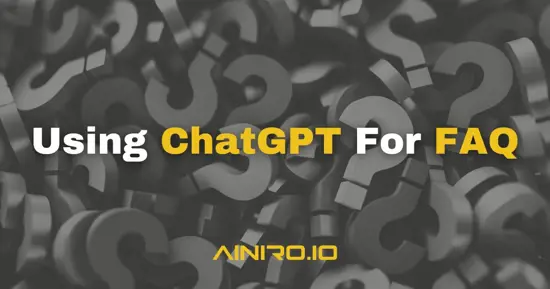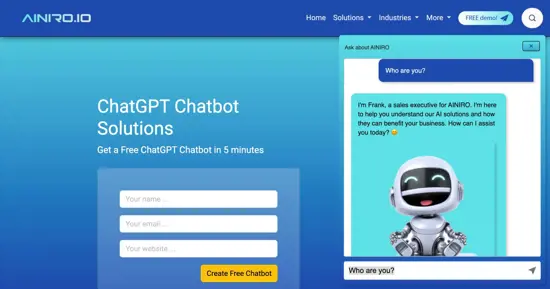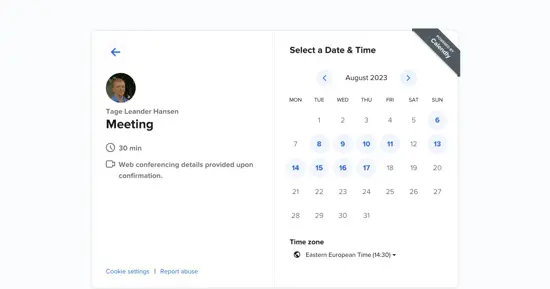How To Prevent ChatGPT From Hallucinating

AI hallucinations has been a very large problem when it comes to prompt engineering. For example, Google lost $100 billion dollars due to AI-hallucinations. BILLION. There has been numerous of news stories about this, and it has weakened faith in the AI programs for many. When I tell people that we solved the problem months ago, they laugh about it and says, “yeah right”. Today I will reveal how you keep it from hallucinating, and the recipe is easier than you would think.
What is an AI hallucination?
Hallucinating in the context of ChatGPT refers to the generation of responses that are either inaccurate, misleading, or entirely fictional. When the language model is asked a question or given a prompt, it uses its training data and knowledge to formulate a response. However, due to various reasons such as insufficient training data, poorly constructed prompts, or contextual misinterpretation, the model may produce outputs that are not grounded or deviate significantly from what is expected. These hallucinations can lead to a loss of trust in the reliability of ChatGPT, as users become wary of the accuracy and authenticity of the information provided by the model. Addressing and preventing hallucinations is crucial for ensuring the credibility and effectiveness of AI language models in real-world applications.

Why ChatGPT Hallucinates
To tackle the problem of hallucinations in ChatGPT, we must first understand its root cause. Hallucinations occur when the model generates responses that are inaccurate or far from the expected output. This can happen due to various reasons:
- Insufficient or Inappropriate Data: When ChatGPT is not provided with enough relevant data during its training, it may produce erroneous and unreliable responses.
- Ambiguous or Misleading Prompts: Ambiguous or poorly constructed prompts can lead to confusion for the model, resulting in hallucinatory responses.
- Contextual Misinterpretation: The model may misinterpret context or fail to grasp the complete meaning of a prompt, leading to hallucinations.
Weakening Faith in the Program
The prevalence of hallucinations in ChatGPT has understandably led to diminished trust among users. When people hear claims of the problem being resolved, skepticism arises, and they tend to dismiss it as wishful thinking. However, with the right approach, we can indeed mitigate hallucination and enhance the reliability of ChatGPT.

The solution is simpler than you would think. Preventing hallucinations in ChatGPT involves a combination of appropriate data, improved prompts, and understanding the model's limitations. Here's the recipe to achieve this:
- Comprehensive Training Data: Ensure that ChatGPT is trained on a diverse and extensive dataset that accurately represents the domains it will encounter in real-world scenarios. This rich dataset will help the model comprehend various contexts and produce more reliable responses.
- Fine-Tuned Prompt Engineering: Craft clear, specific, and unambiguous prompts to guide ChatGPT's responses effectively. Avoid vague or misleading queries that may lead to incorrect outputs.
- Contextual Validation: Introduce mechanisms to validate ChatGPT's responses in context, checking if the generated answers align with the input prompt and the desired outcome. Contextual validation reduces the risk of hallucinations.
- Continuous Monitoring and Feedback: Regularly monitor ChatGPT's performance and collect user feedback to identify and address instances of hallucination. Feedback loops enable continuous improvement and contribute to refining the model's responses.
- Tell it Not to Answer: Instruct the model not to provide an answer if it is uncertain about the response. By implementing this safeguard, you can eliminate hallucinations altogether if you diligently follow the above steps.
While hallucinations have posed challenges in ChatGPT's prompt engineering, there is hope for improvement. By understanding the reasons behind hallucinations and applying the simple recipe outlined above, we can significantly reduce instances of unreliable responses. Additionally, instructing the model not to answer when it is uncertain adds an extra layer of assurance against hallucinations. As the technology evolves, ChatGPT will continue to improve, gaining the trust and confidence of its users and revolutionizing the realm of AI-powered language models.
AINIRO Allows For Non-Hallucination
AINIRO, being pioneers in AI-powered language models and chatbot development, has developed innovative solutions to prevent hallucinations and enhance the performance of custom ChatGPT chatbots. One of our standout features is the ability to easily add data to the training process. With AINIRO's Magic platform, users can enrich the training dataset with relevant and diverse information, ensuring that the model comprehends a wide range of contexts and produces more accurate responses. This comprehensive training data can actually completely eliminate AI hallucinations assuming your training data is correct.

Moreover, AINIRO places a strong emphasis on good prompt engineering. We offer intuitive tools and guidelines to craft clear, specific, and unambiguous prompts. By using AINIRO's expertise in prompt engineering, users can guide ChatGPT's responses effectively, minimizing the chances of generating hallucinatory outputs due to vague or misleading queries.
AINIRO's Customer Service chatbots built using AINIRO's platform benefit from these advancements, leading to more reliable and trustworthy conversational experiences. By empowering users to add data, along with their expertise in prompt engineering, AINIRO ensures that the chatbots are well-equipped to handle a variety of queries and deliver accurate responses, ultimately mitigating the issue of hallucination and bolstering user confidence in the AI-driven interactions.
 I am the CEO and Co-Founder of AINIRO.IO AS together with Aria.
I write about Machine Learning, AI, and how to help organizations adopt said technologies.
You can
I am the CEO and Co-Founder of AINIRO.IO AS together with Aria.
I write about Machine Learning, AI, and how to help organizations adopt said technologies.
You can 


